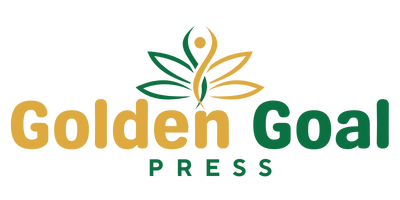Severe brain injuries can significantly impact movement, thinking, speech, and behavior. They can result from trauma, stroke, infection, lack of oxygen, or surgery. Although their causes differ, the goals of neurorehabilitation remain the same: to identify deficits, monitor progress, and deliver targeted care and treatment. Here is how evaluation, testing, and personalized treatments work together to guide recovery for these conditions:
Thorough Evaluation
A thorough workup typically begins with a detailed patient history, including the circumstances of the injury and the amount of time that has passed since it occurred. A neurological exam may follow this. Teams may use imaging tests to address specific clinical questions. They may also perform blood tests to check for metabolic issues, infections, and medication levels. Simple bedside tests can be combined with standardized assessment tools, making sure that findings are consistent across different shifts and locations. Since the patient’s overall context influences their impairments, evaluators also look at home support systems, mobility barriers, caregiver capacity, and accessibility issues.
Physical Function and Thinking Tests
To organize findings of brain injuries, teams may use scales, performance tasks, and measures. The order varies by setting, yet each approach receives direct assessment. The following tests are typical:
- Motor and mobility assessments include manual muscle testing, grip strength measurement, walking speed, endurance tests, postural stability, and reaching tasks. Spasticity is evaluated using a standardized scale, while ataxia is characterized through coordination and balance tasks.
- Activities of daily living are assessed using scales that measure basic self-care and transfer abilities.
- Cognition and communication are assessed through orientation checks and screening tools, with more comprehensive evaluations covering multiple cognitive domains. Speech, language, and swallowing functions are assessed through standardized language tests and studies.
Complex tasks, such as dual-task walking, reaction time, and visual scanning, add ecological detail. Wearables track steps, heart rate variability, or sleep. Electronic cognitive tasks quantify attention lapses and processing speed, and behavioral logs capture agitation, impulsivity, and sleep–wake shifts. Results guide dosing, intensity, and safety plans.
Individual Treatment Programs
Specialists assemble programs from various components, depending on the goals, risks, and response requirements.
- Psychotherapy and counseling: Cognitive-behavioral therapy addresses mood, grief, and adjustment. Education on fatigue, pacing, and sleep hygiene reduces overload.
- Therapy disciplines: Physical therapy targets strength, endurance, balance, and gait; occupational therapy rebuilds upper-limb function and home setup; speech therapy treats various linguistic skills.
- Medications: Agents are selected for clear indications. Dosing is titrated with close monitoring for interactions and side effects.
- Medical devices: Medical assistive devices and adaptive equipment can also be helpful.
Interdisciplinary approaches synchronize goals, with outcome metrics updated on a fixed schedule. Home programs may help to specify frequency, duration, and stop rules to manage fatigue.
Diagnose and Treat Brain Injuries
The treatment is based on evidence collected through examinations, tests, and trials. Keep records current, track one or two priority outcomes at a time, and adjust only one variable per cycle to isolate effects. If a barrier blocks progress, document it, modify the task, or switch to an alternative tool. Schedule follow-ups, prepare questions, and bring medication lists. Take the next step and contact a qualified neurorehabilitation team to arrange a thorough evaluation, align goals, and start a focused treatment plan tailored to your specific needs.

